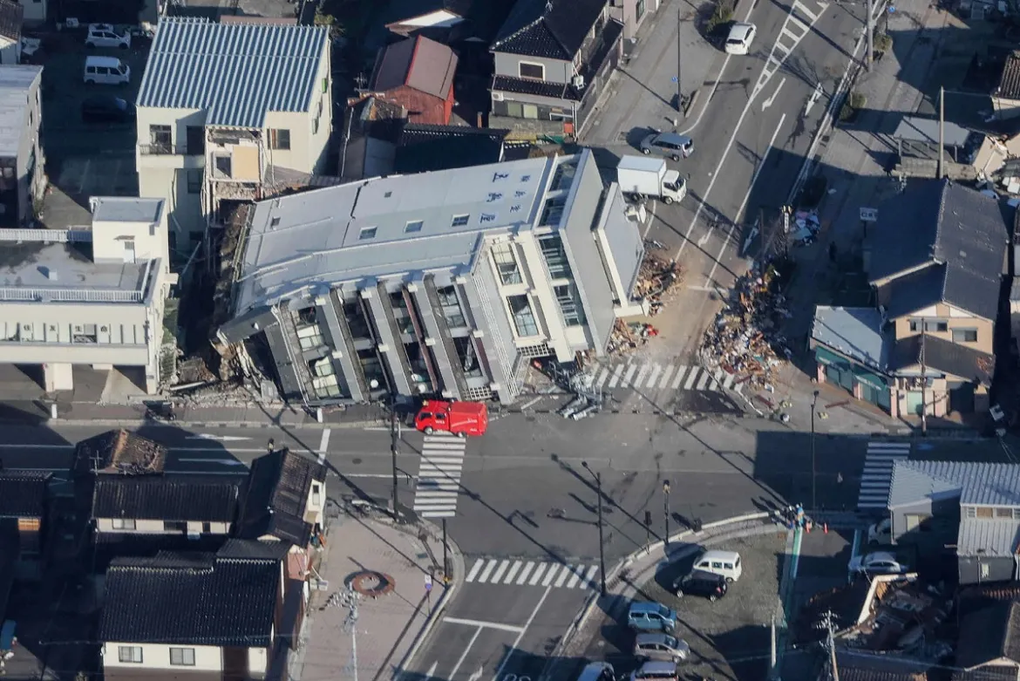
A collapsed building after an earthquake in Ishikawa on January 1 (Photo: AFP).
According to NHK, of the more than 1,200 aftershocks last week on the Noto Peninsula, at least one was as strong as 7 magnitude.
The Japan Meteorological Agency previously warned that strong aftershocks could occur in the week following the earthquake.
On the afternoon of January 1, a 7.6-magnitude earthquake struck Ishikawa Prefecture and affected several provinces in central Japan. This was the strongest earthquake to hit the Noto Peninsula since data collection began in 1885.
As of this morning, the death toll from the earthquake has risen to 161, while more than 100 people are still missing. Some sources even say that the number of missing people is up to more than 300.
The earthquake and aftershocks caused many houses to collapse, leaving tens of thousands of people without power.
Rescue efforts were hampered by damaged roads and severe weather. In Suzu and Wajima, the two cities most affected, snow fell as much as 20cm and temperatures ranged from 0-4 degrees Celsius.
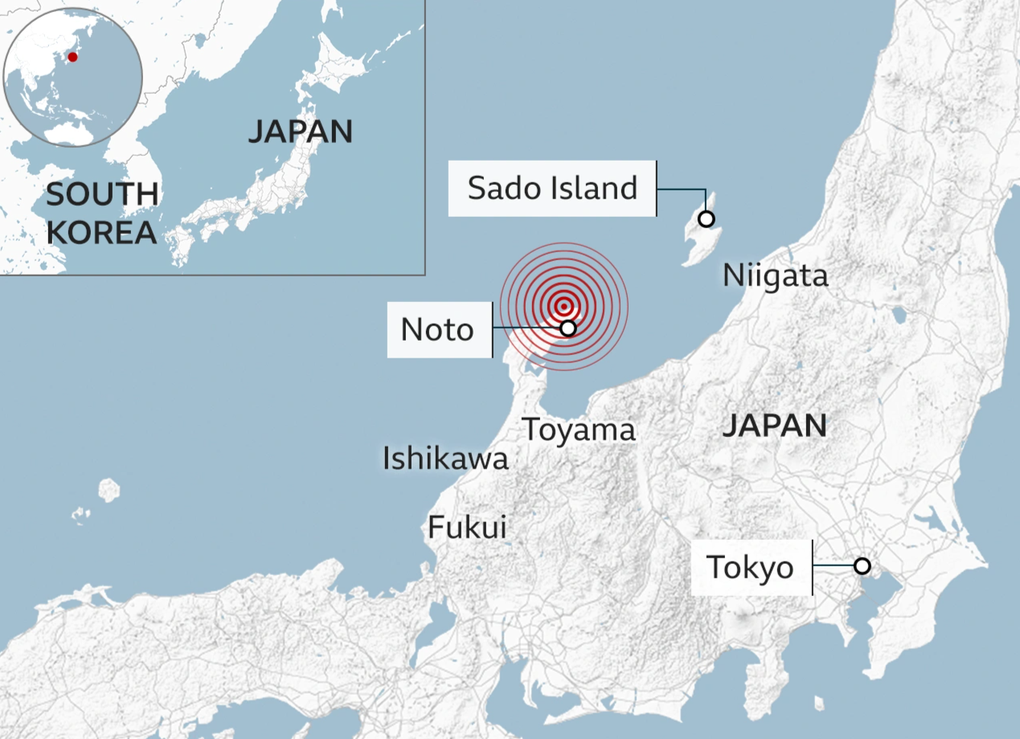
Earthquake occurred in Ishikawa, Japan (Photo: BBC).
Source


![[Photo] Overcoming all difficulties, speeding up construction progress of Hoa Binh Hydropower Plant Expansion Project](https://vstatic.vietnam.vn/vietnam/resource/IMAGE/2025/4/12/bff04b551e98484c84d74c8faa3526e0)
![[Photo] Closing of the 11th Conference of the 13th Central Committee of the Communist Party of Vietnam](https://vstatic.vietnam.vn/vietnam/resource/IMAGE/2025/4/12/114b57fe6e9b4814a5ddfacf6dfe5b7f)






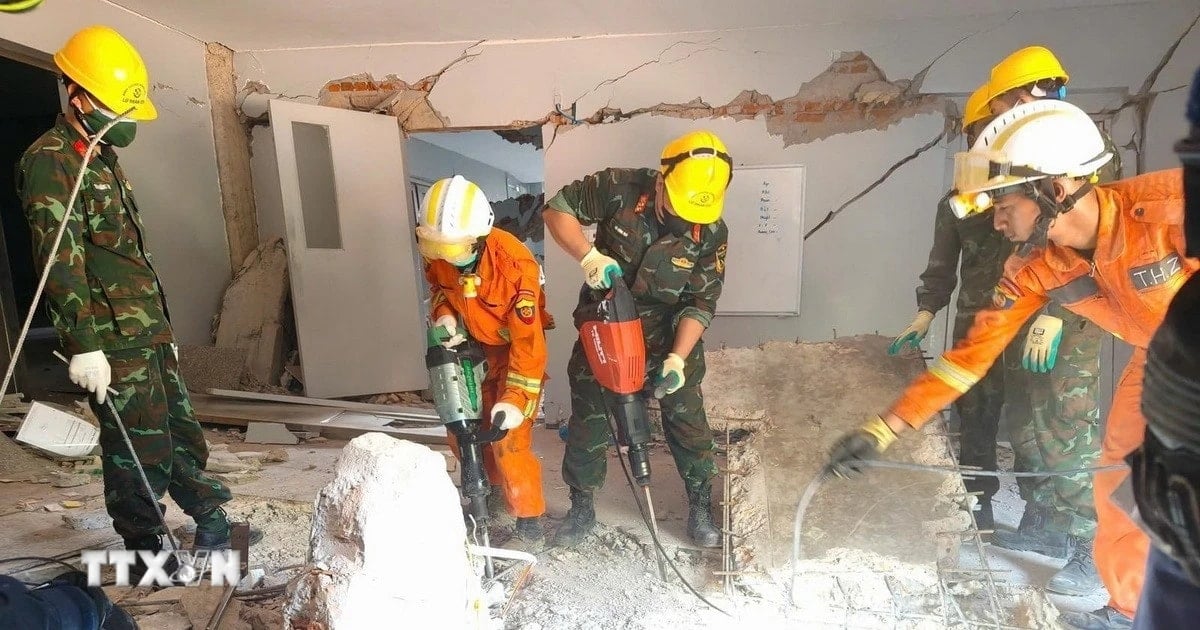











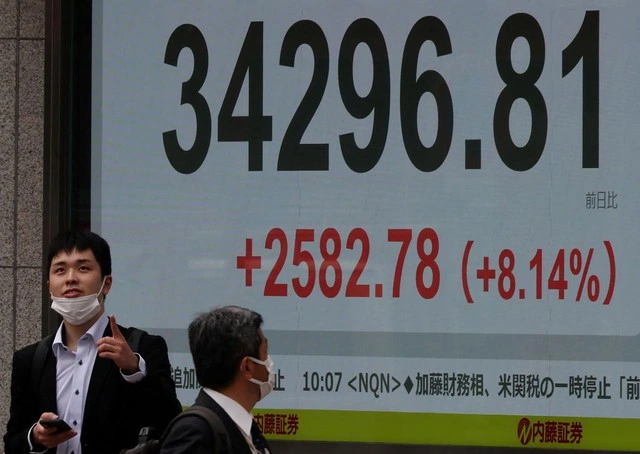






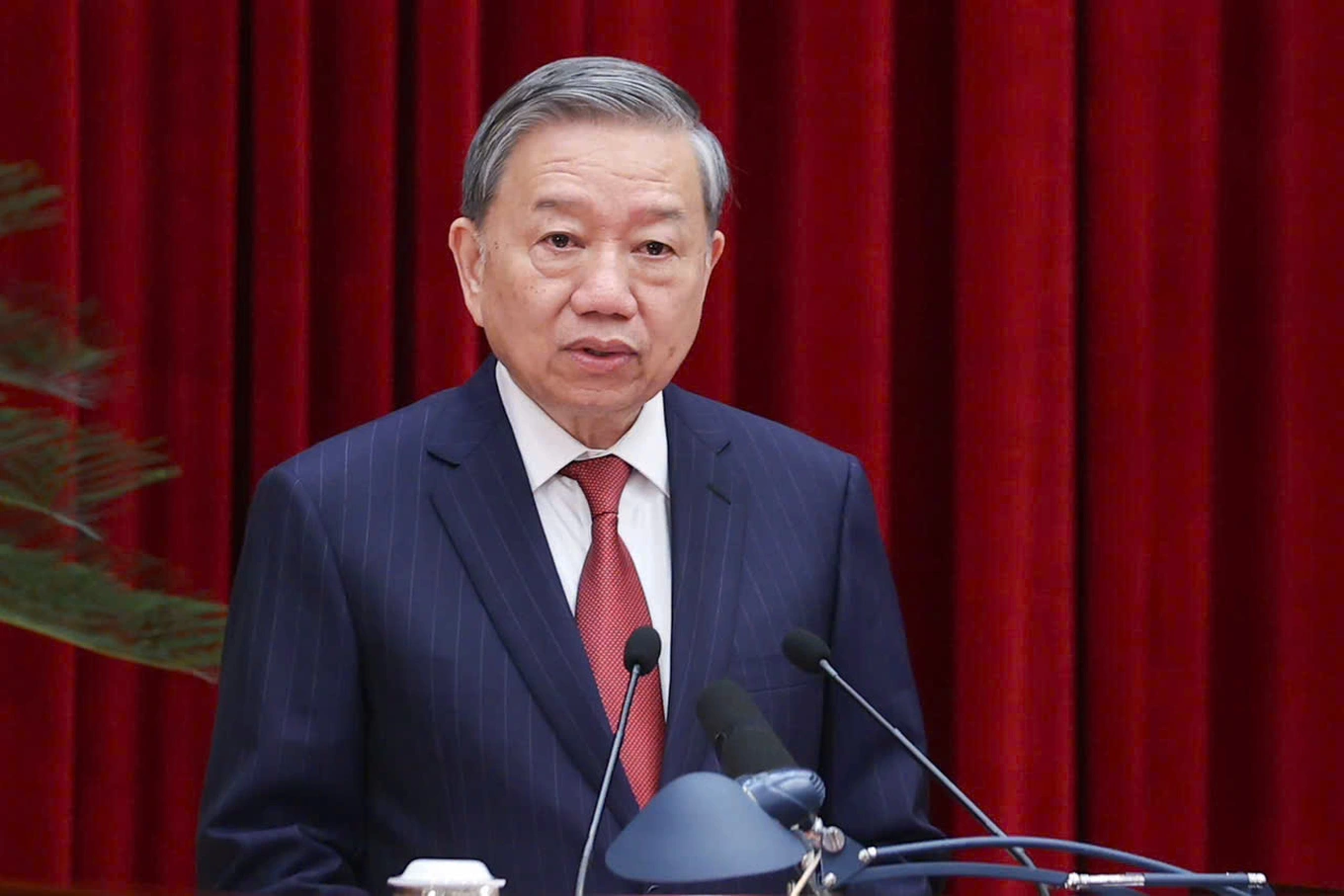



















































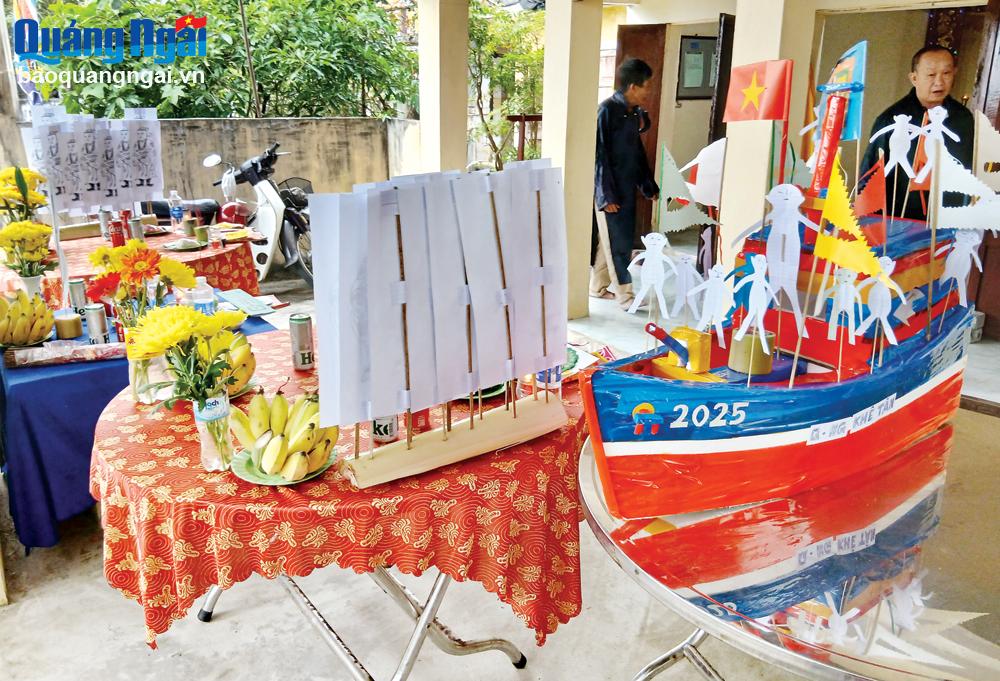











Comment (0)